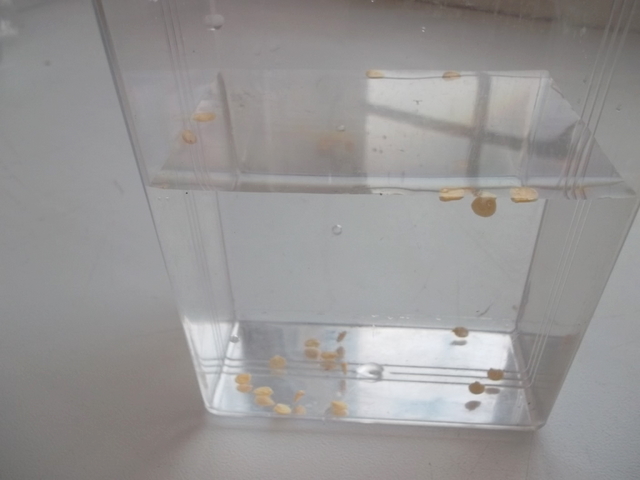How to use boric acid to feed tomatoes
Content
Useful properties for tomatoes
It doesn't take a lot of effort and expense to grow a tomato. Nevertheless, the plant needs feeding - this is the main condition for obtaining a large number of juicy fruits. There are various options for help, but the use of boron solution is the most rational of all. Microfertilizer performs the following functions:
- nutrition of plant ovaries;
- saturation of the fruit with sugar;
- protects from parasites and various diseases.
- root - watering fertilizers under the root of the plant. The main method of supplying nutrients;
- not rooted - the plant receives substances directly through the leaves. An additional delivery method, arrives 5-8 times faster than through soil. The result appears within a couple of days after the procedure, and sometimes even after a couple of hours.
It is recommended to carry out foliar feeding of tomatoes with boric acid in situations where it is necessary to accelerate the ovary and ripening of fruits that are already ripe. This method is also used in the fight against late blight - the enemy of all nightshades. Competent gardeners know to work with acid carefully. After all, it is very easy to harm a plant! Particular attention should be paid to those plants that grow on the balconies of high-rise buildings, and not on open ground, like their counterparts. Such "domesticated" plants receive little solar energy.
Boron deficiency signs
So, boron regulates the most important processes in the life of a plant (pollination, fertilization, exchange of carbohydrates and proteins), and also forms immunity to diseases. How do we know about its lack? If a tomato bush feels a lack of a substance, this is reflected, first of all, on its leaves. Young leaves at the top lose their normal color at their base, but the top remains green for some time.
Such affected tissues usually disintegrate quickly. The upper leaves are also characterized by an unhealthy light green color, they twist from top to bottom. The veins of the affected leaves become black or brown in color. If you try to bend such a sheet, it will break immediately. The stem of a tomato also reacts to a lack of an element - the point of its growth turns black. Young leaves begin to grow from the lower part of the stem, but their petioles become brittle. Brown spots of dead tissue form on the fruits. All these signs indicate a different degree of acid shortage, for an experienced gardener this is a signal for action: the time has come for feeding with boron solution.
How and when to add acid
There are several tactics for using the substance. To begin with, consider the method that is used even before the plant begins to grow, long before planting. It takes place in two stages:
- we soak the seeds with boric acid for a day (the proportion can be adjusted according to the data on the package);
- we duplicate the first action, but on the eve of sowing. Boric acid is also placed in the landing wells.
The foliar method is applied directly to the plant with the resulting tomato fruit. It is easy to make a boric solution: you need to dilute 1 g of acid in 1 liter of hot water (but not in boiling water).  Spray with a fine spray with a solution that has already cooled down. We pay attention to leaves, flowers, fruits. Young plants usually consume 10 ml of liquid for each bush. It is advisable to carry out the spraying procedure with a boric acid solution during the mass flowering of tomatoes. As the plant grows, the dose should be increased by 1.5 times.
Spray with a fine spray with a solution that has already cooled down. We pay attention to leaves, flowers, fruits. Young plants usually consume 10 ml of liquid for each bush. It is advisable to carry out the spraying procedure with a boric acid solution during the mass flowering of tomatoes. As the plant grows, the dose should be increased by 1.5 times.
To protect the tomato from late blight, it is recommended to start acting in mid-June. The process will take place in three stages:
- spraying the bushes with a weak solution of manganese;
- after a week, apply a solution of boric acid diluted in the following proportion: 1 teaspoon per 10 liters of water;
- after a week, spray with iodine.
Thus, the protection of plants from late blight is ensured for the rest of the summer.
The most important thing in the acid feeding process is determining the correct proportions. With a slight mistake, you will harm not only the plant, but ultimately yourself.
It is not for nothing that the people say: "What is too much is not healthy." Reasonable use of boric solution can provide a yield of 40 or 50 kilograms per square meter of seedlings, and the first fruits are already at the end of June.
Video "Feeding tomatoes with boric acid"
A note on how to feed the tomatoes, how to do it correctly and at what time.

